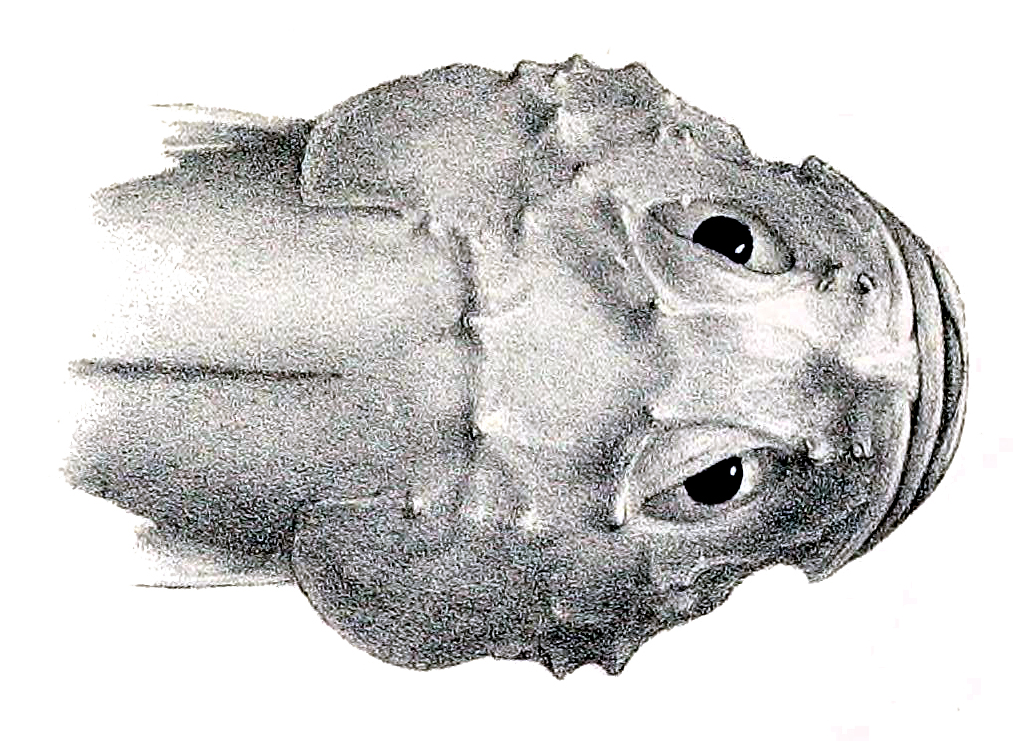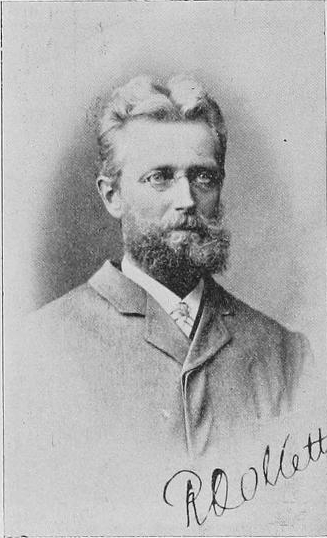|
Cottunculus
''Cottunculus'' is a genus of fatheads found in the Atlantic, Pacific and Arctic oceans. Species There are currently 6 recognized species in this genus: * '' Cottunculus granulosus'' Karrer Karrer is a surname. Notable people with the name include: * Annie May Hurd Karrer (1893–?), American plant physiologist * Chris Karrer(born 1947), German guitarist and composer * Felix Karrer (1825–1903), Austrian geologist * Josef Karrer (bor ..., 1968 (Fathead) * '' Cottunculus microps'' Collett, 1875 (Polar sculpin)Byrkjedal, I., Hadler-Jacobsen, S., Rees, D. & Orlov, A. (2014):Molecular and morphological variation in saddled fathead sculpins (Psychrolutidae: ''Cottunculus'') of the north-east Atlantic Ocean, with a synonymy of three species. ''Journal of Fish Biology, 85 (3): 821–837.'' * '' Cottunculus nudus'' J. S. Nelson, 1989 (Bonyskull toadfish) * '' Cottunculus spinosus'' Gilchrist, 1906 * '' Cottunculus thomsonii'' ( Günther, 1882) (Pallid sculpin) * '' Cottunculus tubul ... [...More Info...] [...Related Items...] OR: [Wikipedia] [Google] [Baidu] |
Cottunculus Thomsonii
The pallid sculpin (''Cottunculus thomsonii'') is a species of fish in the family Psychrolutidae (blobfishes). Etymology The specific name refers to Charles Wyville Thomson. Description The pallid sculpin is up to in length and up to in weight. It is greyish-brown in colour. Habitat The pallid sculpin is bathydemersal Demersal fish, also known as groundfish, live and feed on or near the bottom of seas or lakes (the demersal zone).Walrond Carl . "Coastal fish - Fish of the open sea floor"Te Ara - the Encyclopedia of New Zealand. Updated 2 March 2009 They occ ..., living at depths of in the North Atlantic Ocean. Behaviour Feeds on small invertebrates. References {{Taxonbar, from=Q1892143 Psychrolutidae Fish described in 1882 Fish of the North Atlantic Taxa named by Albert Günther ... [...More Info...] [...Related Items...] OR: [Wikipedia] [Google] [Baidu] |
Cottunculus Microps
''Cottunculus microps'', the polar sculpin, is a species of fathead sculpin, a deepwater fish found in the North Atlantic and Arctic Oceans. It was first described in 1875 by the Norwegian zoologist Robert Collett, curator of the Natural History Museum at the University of Oslo. Description Like other members of its family, the polar sculpin has a large head, a short tapering body and a small tail. The skin is loosely attached and there is a gelatinous layer beneath it. This fish has a maximum length of about but a more usual length is between . The head is rounded when viewed from above; its width is usually greater than its length. There are four rounded bony knobs behind and between the eyes and the skin is very rough. The colour of this fish is greyish-brown and there are three or four broad, dark-coloured vertical bands on the sides of the body. The dorsal fin has about 7 spines and 14 soft rays and the anal fin 10 to 11 soft rays. The pectoral fins are pale-coloured with ... [...More Info...] [...Related Items...] OR: [Wikipedia] [Google] [Baidu] |
Cottunculus Tubulosus
''Cottunculus tubulosus'' is a species of fish in the family Psychrolutidae The fish family Psychrolutidae (commonly known as blobfishes, toadfishes, flathead sculpins, tadpole sculpins,) contains over 35 recognized species in 8 genera. This family consists of bottom-dwelling marine sculpins shaped like tadpoles, with l ... (blobfishes) found in the Northeast Atlantic Ocean. This species reaches a length of . References Psychrolutidae Fish described in 2007 Fish of the North Atlantic {{Actinopterygii-stub ... [...More Info...] [...Related Items...] OR: [Wikipedia] [Google] [Baidu] |
Cottunculus Nudus
''Cottunculus nudus'', the bonyskull toadfish, is a species of fish in the family Psychrolutidae (blobfishes) found in the Southwest Pacific Ocean The Pacific Ocean is the largest and deepest of Earth's five oceanic divisions. It extends from the Arctic Ocean in the north to the Southern Ocean (or, depending on definition, to Antarctica) in the south, and is bounded by the continen .... References Psychrolutidae Fish described in 1989 Taxa named by Joseph S. Nelson Fish of the North Atlantic {{Actinopterygii-stub ... [...More Info...] [...Related Items...] OR: [Wikipedia] [Google] [Baidu] |
Cottunculus Spinosus
''Cottunculus spinosus'' is a species of fish in the family Psychrolutidae The fish family Psychrolutidae (commonly known as blobfishes, toadfishes, flathead sculpins, tadpole sculpins,) contains over 35 recognized species in 8 genera. This family consists of bottom-dwelling marine sculpins shaped like tadpoles, with l ... (blobfishes) found in the Southeast Atlantic Ocean. This species reaches a length of . References Psychrolutidae Fish described in 1906 Taxa named by John Dow Fisher Gilchrist Fish of the North Atlantic {{Actinopterygii-stub ... [...More Info...] [...Related Items...] OR: [Wikipedia] [Google] [Baidu] |
Psychrolutidae
The fish family Psychrolutidae (commonly known as blobfishes, toadfishes, flathead sculpins, tadpole sculpins,) contains over 35 recognized species in 8 genera. This family consists of bottom-dwelling marine sculpins shaped like tadpoles, with large heads and bodies that taper back into small, flat tails. The skin is loosely attached and movable, and the layer underneath it is gelatinous. The eyes are placed high on the head, focused forward closer to the tip of the snout. Members of the family generally have large, leaf-like pectoral fins and lack scales, although some species are covered with soft spines. This is important to the species as the depths in which they live are highly pressurized and they are ambush/opportunistic/foraging predators that do not expend energy unless they are forced to. The blobfish has a short, broad tongue and conical teeth that are slightly recurved and are arranged in bands in irregular rows along the premaxillaries; canines are completely absent. ... [...More Info...] [...Related Items...] OR: [Wikipedia] [Google] [Baidu] |
Cottunculus Granulosus
''Cottunculus granulosus'' is a species of fish in the family Psychrolutidae (blobfishes) found in the Southwest Atlantic Ocean The Atlantic Ocean is the second-largest of the world's five oceans, with an area of about . It covers approximately 20% of Earth's surface and about 29% of its water surface area. It is known to separate the " Old World" of Africa, Europe .... This species reaches a length of . References Psychrolutidae Fish described in 1968 Taxa named by Christine Karrer {{Actinopterygii-stub ... [...More Info...] [...Related Items...] OR: [Wikipedia] [Google] [Baidu] |
Joseph Schieser Nelson
Joseph (Joe) Schieser Nelson (April 12, 1937 – August 9, 2011) was an American ichthyologist. He is best known for the book ''Fishes of the World'' (1st edition 1976, 4th edition 2006), which is the standard reference in fish systematics and evolution. Nelson obtained his PhD from University of British Columbia in 1965. He retired in 2002 from the University of Alberta where he made most of his career; he continued to hold position as a Professor Emeritus and stayed scientifically active until his final years. Outside academia, Nelson was a black belt in karate (; ; Okinawan language, Okinawan pronunciation: ) is a martial arts, martial art developed in the Ryukyu Kingdom. It developed from the Okinawan martial arts, indigenous Ryukyuan martial arts (called , "hand"; ''tii'' in Okinawan) under the .... Legacy Species described by Nelson: Species named after Nelson: References {{DEFAULTSORT:Nelson, Joseph S. 1937 births 2011 deaths Canadian biologists Un ... [...More Info...] [...Related Items...] OR: [Wikipedia] [Google] [Baidu] |
Alexei Markovich Orlov
Alexey, Alexei, Alexie, Aleksei, or Aleksey (russian: Алексе́й ; bg, Алексей ) is a Russian and Bulgarian male first name deriving from the Greek ''Aléxios'' (), meaning "Defender", and thus of the same origin as the Latin Alexius. Alexey may also be romanized as ''Aleksei'', ''Aleksey'', ''Alexej'', ''Aleksej'', etc. It has been commonly westernized as Alexis. Similar Ukrainian and Belarusian names are romanized as Oleksii (Олексій) and Aliaksiej (Аляксей), respectively. The Russian Orthodox Church uses the Old Church Slavonic version, Alexiy (Алексiй, or Алексий in modern spelling), for its Saints and hierarchs (most notably, this is the form used for Patriarchs Alexius I and Alexius II). The common hypocoristic is Alyosha () or simply Lyosha (). These may be further transformed into Alyoshka, Alyoshenka, Lyoshka, Lyoha, Lyoshenka (, respectively), sometimes rendered as Alesha/Aleshenka in English. The form Alyosha ... [...More Info...] [...Related Items...] OR: [Wikipedia] [Google] [Baidu] |
Ingvar Byrkjedal
Yngvar Harra (or Ingvar; Proto-Norse ''*Ingu-Hariz''; non, Yngvarr ; d. early 7th century) was the son of Östen and reclaimed the Swedish throne for the House of Yngling after the Swedes had rebelled against Sölvi. He is reported to have fallen in battle in Estonia and buried there. Although the account of Ingvar is semi-legendary, the discovery of the two Salme ships has confirmed that a similar historic event took place in the 8th century. ''Ynglinga saga'' Snorri Sturluson relates in his '' Ynglinga saga'' that King Ingvar, Östen's son, was a great warrior who often spent time patrolling the shores of his kingdom fighting Danes and Estonian vikings (''Víkingr frá Esthland''). King Ingvar finally came to a peace agreement with the Danes and could take care of the Estonian vikings. He consequently started pillaging in Estonia in retribution, and one summer he arrived at a place called Stein (see also Sveigder). The Estonians (''sýslu kind'') assembled a great army ... [...More Info...] [...Related Items...] OR: [Wikipedia] [Google] [Baidu] |
Albert Günther
Albert Karl Ludwig Gotthilf Günther FRS, also Albert Charles Lewis Gotthilf Günther (3 October 1830 – 1 February 1914), was a German-born British zoologist, ichthyologist, and herpetologist. Günther is ranked the second-most productive reptile taxonomist (after George Albert Boulenger) with more than 340 reptile species described. Early life and career Günther was born in Esslingen in Swabia (Württemberg). His father was a ''Stiftungs-Commissar'' in Esslingen and his mother was Eleonora Nagel. He initially schooled at the Stuttgart Gymnasium. His family wished him to train for the ministry of the Lutheran Church for which he moved to the University of Tübingen. A brother shifted from theology to medicine, and he, too, turned to science and medicine at Tübingen in 1852. His first work was "''Ueber den Puppenzustand eines Distoma''". He graduated in medicine with an M.D. from Tübingen in 1858, the same year in which he published a handbook of zoology for students of ... [...More Info...] [...Related Items...] OR: [Wikipedia] [Google] [Baidu] |
Robert Collett
Robert Collett (2 December 1842 – 27 January 1913) was a Norwegian zoologist. Collett was director and curator of the Zoological Museum at University of Oslo. Robert Collett was born at Christiania (now Oslo), Norway. He was the eldest child of Professor Peter Jonas Collett (1813–51) and Camilla Collett (1813–95). His maternal uncles included Oscar and Henrik Wergeland, and his paternal uncles included Peter Severin Steenstrup. He had three younger brothers, including the writer and historian, Alf Collett. He never married.Robert Collett University of Oslo He attended the Latin School in and was a fellow in zoology at the |

